Unveiling the Art of Car Painting
Car painting has come a long way from its humble beginnings in South America to its evolutionary growth in Europe. Strikingly, the most intricate and influential techniques hail from Russia.
The Charm of Custom Car Painting
Have you ever seen a car with a unique, eye-catching design and thought, ‘Wow, that’s cool!’? While stickers might offer a quick and affordable way to jazz up your car’s exterior, nothing beats the artistic flair of custom car painting.
Unlike stickers that lack depth and can be mass-produced, custom car painting entwines modern aesthetics with automotive artistry. It’s an expressive medium, with patterns seamlessly integrated into the car’s original paint, often capturing lifelike nuances that stickers simply can’t achieve. This trend took off in the 1970s in Europe and America, now boasting even more extravagant designs.
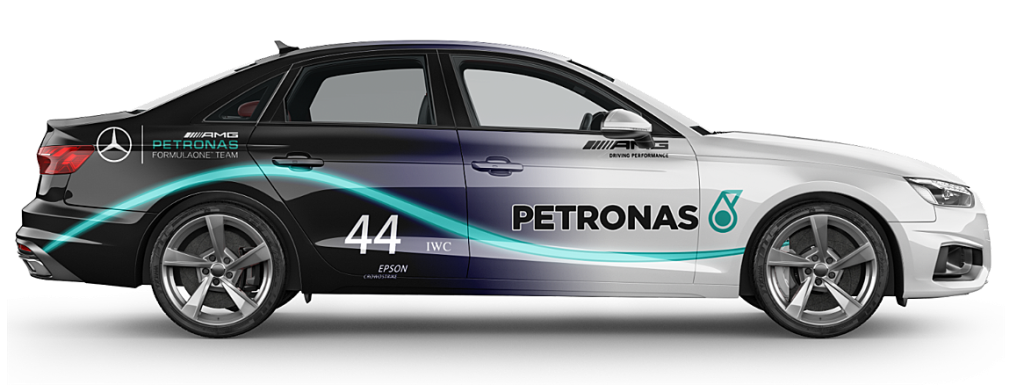
Permanent vs. Temporary Car Painting
- Permanent Car Painting: Designed to last, this type involves meticulous preparation. The existing protective clear coat is sanded down, areas not painted are covered, and the surface is thoroughly cleaned before applying the paint. Post-painting, a protective clear coat is applied and baked to ensure durability, allowing the artwork to endure for more than five years.
- Temporary Car Painting: While not as long-lasting, temporary car painting is perfect for occasions like weddings or new car displays. It remains intact for 1 to 3 months provided there is no major damage, and can be easily cleaned or replaced. This method uses special paints that enhance vividness and dimensionality without damaging the car’s original paint.
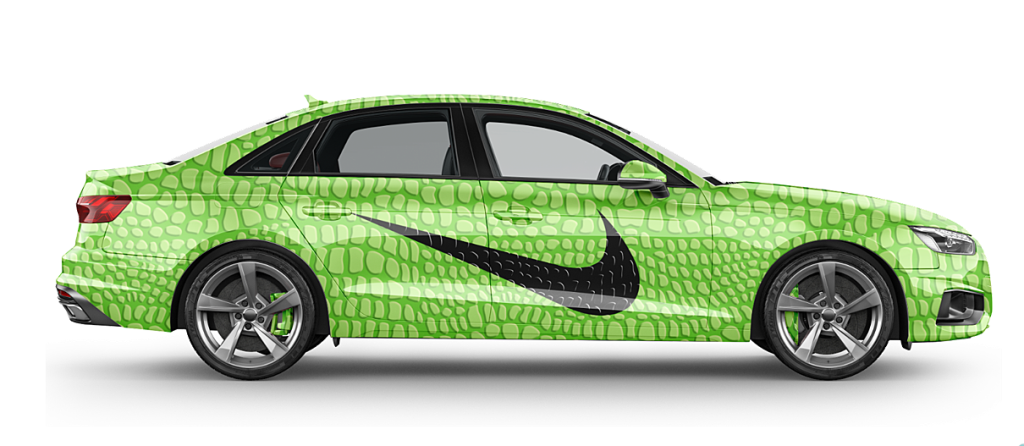
Regional Car Painting Techniques
Based on geographic influences, car painting styles exhibit unique characteristics:
- European Template Painting: This basic technique, established in Europe, entails the use of stencils. Though foundational, it can sometimes appear harsh with uneven transitions and color bleed, requiring artistic skill and practice.
- Hong Kong and Taiwan’s Versatile Approach: This style integrates various methods to create abstract designs, representing a fresh perspective in China’s car painting scene.
- Japan’s Direct Spray Painting: Renowned for its fine detail and lifelike transition, Japan’s direct spray painting corrects the limitations of stencils and can cover entire cars with stunningly natural results.
- Russia’s Complex Mastery: Although car painting began in South America and evolved in Europe, Russia currently wields the most influential techniques. Known for their profound depth and realism, Russian artworks boast intricate details and complex, hyper-realistic patterns, cementing this technique as the pinnacle of car painting art.
Conclusion
While the freedom to explore one’s imagination through car painting is enticing, it’s essential to remember that significant visual alterations require registration with the appropriate authorities for compliance.

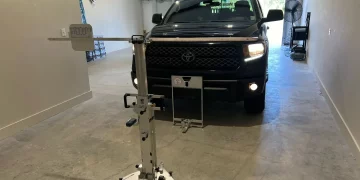
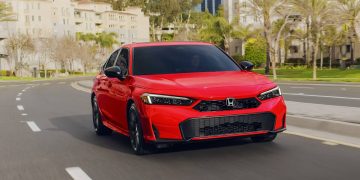

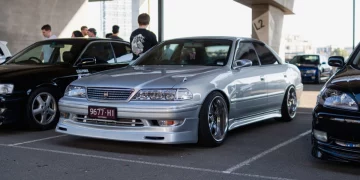

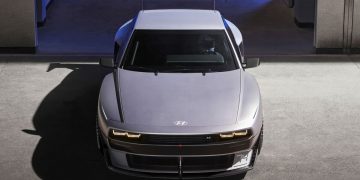
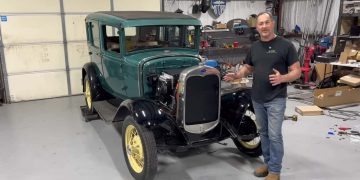
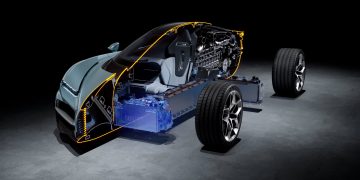


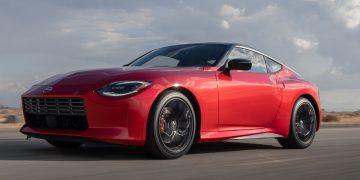








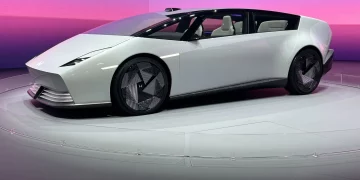
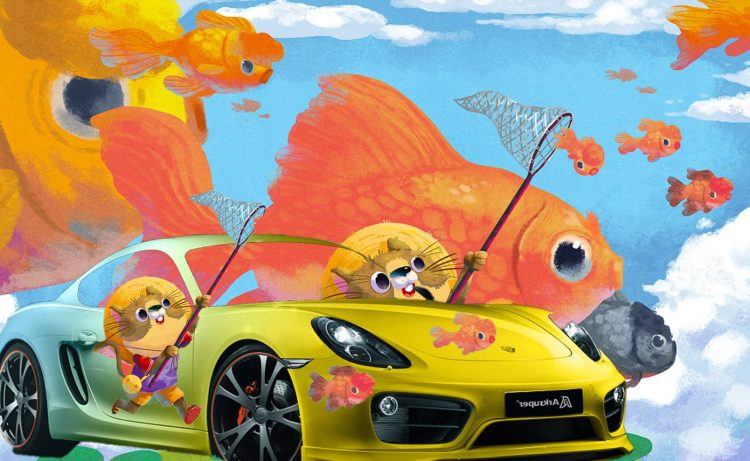












Discussion about this post